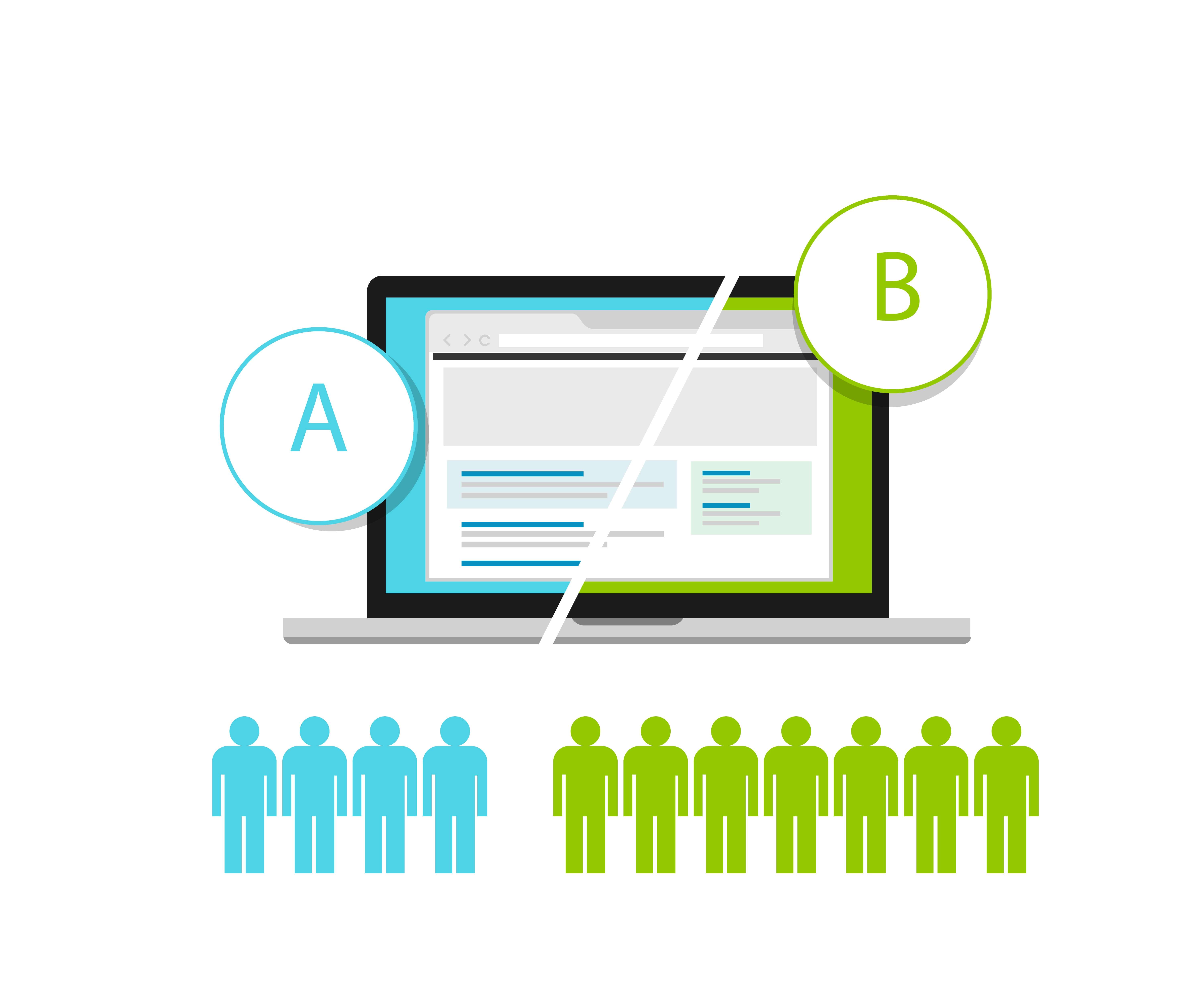6 Lead Generation Strategies that Work Every Time
 Look at the website of any successfully marketed nonprofit organization and you’ll find a resource hub, loaded with content that their ideal constiutents can access when they’re ready.
Look at the website of any successfully marketed nonprofit organization and you’ll find a resource hub, loaded with content that their ideal constiutents can access when they’re ready.
Rather than talking endlessly about their brand, the organization demonstrates unique value with content: web pages, blog posts, landing pages, social media posts, and case studies that exhibit expertise in their field.
Today, your most powerful marketing collateral is no longer sleek sales sheets, but content that helps people make smart purchasing decisions. Marketing collateral has to be:
- Accessible
- Relevant
- Helpful
It also has to meet your ideal constituent at his or her current phase of the buyer’s journey.
So where do you start? Use a marketing collateral checklist, and focus your resources on the collateral that will get you the most return on your investment and that will ultimately help you achieve your goals.
Let’s look at six ways to build the nonprofit marketing collateral you need today, then consider how two brands used these strategies to generate more leads.
1. Build a Mission Statement
A powerful mission statement is aspirational and drives an organization forward. People are attracted to organizations that are driven by meaning and consideration for the broader world; it's not just about products and services.
The mission statement is the number one marketing asset. It is a statement that is short in length, but long on vision. If your organization isn’t clear about its mission, customers and other stakeholders won’t be either.
2. Create Buyer Persona Profiles
An ideal buyer persona is a detailed profile of your ideal constituent or supporter. It gets you in their shoes, so you can be in touch with the challenges and thinking that bring them into the buyer's journey.
Personas are created based on real data about existing constituents and include demographics, attitudes, concerns, goals, motivations, and behavioral patterns.
By understanding your ideal constituent, you can align marketing strategies to achieve your goals. By staying current with your ideal personas, you can turn new constituents into long‑term relationships as well.
3. Focus on Content
According to the Content Marketing Institute, content marketing generates three times more leads than paid search—and we've seen this over and over with our clients.
A content strategy is a plan that guides future content development. It is based on careful planning that starts with your mission statement, your organization's goals, and your buyer personas. A content strategy will rely heavily on the main topics that bring constituentss to your organization.
Here’s what you need to develop a strong content marketing strategy:
- Pillar pages. A pillar page is a comprehensive informational page that focuses on your personas' core challenges and goals. Pillar pages link to blogs that cover supporting topics and subtopics.
- Blogs. Organizations that blog at least 20 times per month have 5 times more traffic than those that blog less than 4 times per month.
- Landing pages. These are web pages that exist to capture your visitors’ information through a sign‑up or download form. Organizations with at least 30 landing pages net 7 times more leads than those with fewer than 5 landing pages.
Your content strategy should be the main focus of your search engine optimization strategy. Tracking the performance of content helps you understand what topics perform well in terms of drawing traffic and converting visitors into leads, and leads into supporters.
4. Use Video
According to a study compiled by HubSpot, using videos on landing pages will increase conversions by 86%.
Video marketing provides content in a highly shareable format that generates traffic and maximizes search on video search engines such as YouTube. Video is also a great way to drive traffic to other content or areas of your site and generate leads.
Video doesn’t have to be high‑tech or high‑cost to earn viewers. In the human‑centric marketing of today, trust and authority are gained by being authentic and helpful in a straightforward manner.
5. Forge Relationships Through Email
Email marketing continues to be a key touchpoint to maintaining contact with your leads as well as customers. If done correctly, email is an effective relationship‑building tool and can have a positive, direct influence on revenue.
Types of email marketing assets include monthly content or informational newsletters, automated email nurturing sequences that are tailored to different contacts, and sales, automated lead nurturing sequences that allow marketers to be more efficient and consistent with an email marketing strategy, and e‑commerce product and abandoned cart emails.
To build trust with your contacts, your email strategy needs to be 100% permission‑based. Emails should be tailored to each persona and/or phase of the buyer’s journey. A/B testing can help you refine email marketing assets. Periodically test different days, times, subject lines, and other formats to land on the variation with the most opens, clicks, and engagement.
6. Commit to Social Media
Did you know that organizations with over 1,000 Twitter followers had over 6 times more traffic, and 5 times more leads, than those with 1 to 25 followers? Facebook had a similarly striking correlation.
Expanding your organization’s social media reach is a powerful way to attract more leads. If you’re skeptical of social media, remember organizations show 4 to 6.5 times more leads after gaining at least 1,000 Twitter and Facebook followers.
Lead-Generating Strategies in Action
Combining these strategies turns your website into a lead‑generating machine while also saving money on ad spend. Here are two stories to learn from:
Success story #1: B2B gets 90% more leads per month
This wireless communication provider suffered from a lack of traffic and leads from organic search and social media. Yodelpop enacted a simple and effective content, design, and social media strategy in partnership with the client. In the the first two years, we focused on:
- Creating and posting keyword-driven educational blogs and web pages
- Adding calls to action on all pages
- Testing and redesigning landing pages for increased performance
- Creating and updating buyer personas to focus marketing efforts
- Rewriting and designing key web pages to promote all of the company's service areas
In the first two years, Yodelpop helped this client increase leads by 55% (year one) and 90% (year two) from organic traffic and social media.
Success story #2: Association grows leads 57% per month
To meet growing membership goals, this professional association needed a way to not only increase traffic but also convert visitors to its popular industry website into leads to be nurtured. In the first year, we focused on:
- Introducing a topic cluster content marketing/SEO strategy
- Engaging conversion paths on pillar pages, blogs, and other web content
- Targeted advertising with PPC and social media
- Effective lead nurturing email workflows
- Popular industry e-newsletter to attract subscribers
In year one, Yodelpop helped this professional association increase leads generated by 57%.
Getting More Leads and Customers
In addition to building a mission statement, outlining buyer personas, creating helpful content, adding video to your website, building relationships through email, and building your social media following, keep an eye on your competition.
What are they doing? What’s working for them, and what isn’t?
You may be in an industry where case studies or ebooks are particularly compelling to your prospects. Or maybe your customers interact many times a day on social media.
Just remember to combine the inbound marketing plan strategies that will work best for your brand and get you a return on your investment.




